Launched earlier this year, the Microsoft HoloLens is a set of futuristic looking goggles that transform how you connect and engage with your surroundings; you can see three dimensional holograms as if they were real and in front of you, which is why Microsoft has defined this tech as “mixed reality”.
HoloLens is the first of its kind—a fully self-contained high-definition holographic computer. This means that you can move about and interact in a three-dimensional holographic world using a headset that isn’t tethered to a larger computer. The headset is packed with features including speakers, microphone, connectivity options, HD camera and a sensor suite that helps the computer measure where you are and what actions you’re taking in the mixed reality system. This opens up a whole new world of possibilities.
At the heart of it, HoloLens is a new way of consuming information. Instead of having videos, instructions, or documents show up on a computer or tablet that you have to hold or look at, you can work directly with the instructions you need right in your field of vision. The concept of mixed reality lets you take the benefits of information management offered by computers and bring them into the actions of your everyday life.
HoloLens as a business tool
We live in a visual world. The workplace, and the world in general, often requires us to process information around us at a fast pace. Computers, while a revolutionary technology, have traditionally been an interruptive technology rather than one which works in harmony with us.
Take elevator servicing for example. ThyssenKrupp Elevator, an industry leader, require their technicians to work with their hands. They service complex machinery, and often need to reference files on particular installations; consult with other technicians to find solutions to complex problems; and review inventory options. Previously, this required them to interrupt what they were doing to place phone calls and reference a tablet or laptop. This was both time consuming and potentially unsafe.
ThyssenKrupp has decided to replace bulky computers with HoloLens. ThyssenKrupp’s use of HoloLens revolves around their proprietary MAX platform and Skype. These technologies working together allow technicians to review elevator-specific information and undertake remote calls with subject-matter experts who can share holographic instructions all while remaining hands free. This gives technicians an increased amount of flexibility in how they handle their workplace tasks while complying with safety regulations.
In initial testing, the use of HoloLens has reduced the average length of ThyssenKrupp’s service calls by a factor of four. When this technology is implemented for all of ThyssenKrupp’s 24,000 elevator service engineers, the potential impact on the company’s bottom line is staggering.
The adoption of mixed reality in business is not limited to ThyssenKrupp. Volvo Cars is using HoloLens to help demonstrate to clients the extensive safety features of their cars. Mixed reality lets interested client see the technology that is hidden inside their future automobiles, and it shows them how Volvo cars will react (and keep them safe) in actual highway situations. The technology helps educate clients, close sales, and ultimately supports the emphasis on safety that is such a key element of Volvo’s brand.
Lowe’s, the home improvement giant, is using HoloLens to help showcase what their clients completed home renovations could look like. They have even integrated with Pinterest, the popular social media network, to pull “pins” people have made into the visualization of these designs.
These three companies recognize a strong advantage to adopting the technology of HoloLens, and are at the head of the pack when it comes to changing the business world through holographic technology.
HoloLens’ challenges
While the demos for technology like HoloLens are truly things of wonder, what we don’t see is the development effort that went into building them. Just like with any custom solution, there is a great deal of work involved in creating usable applications.
The opportunity for HoloLens in the business world is vast, but the cost of implementation can also be high. Adopting a HoloLens solution for your company can be challenging and expensive, as it requires a specialized skillset, integration work and custom development. This can put the benefits of the new tech out of reach for many organizations.
Path to introducing HoloLens to your company
It takes time for the benefits of a technology like HoloLens to work its way through the system. Agile businesses can leverage their ability to act quickly in a changing business environment and capture the first adopter advantage in their industry. However, they might be hindered by the high costs that usually come with any new technology.
There are options for companies that do not have the same resources as ThyssenKrupp or Lowe’s.
First, the cost of technology adoption can be greatly reduced by using 3rd-party components that shape the final solution. Reliance on existing tools such as Skype or Meemim help cover critical areas including video communications and information delivery so that companies can concentrate their budgets on custom development that they truly need.
Second, instead of building an in-house HoloLens team, the solution can be developed and even supported by a 3rd-party provider. Help available from the Microsoft HoloLens Agency Readiness Program or consulting teams from companies such as Meemim can provide access to the talent necessary to bring your vision to life. In addition to the actual development, these teams can assist you with evaluating your operations and validating the business case of using HoloLens in your organization.
It won’t be long before systems like HoloLens are common in the workplace. Like mobile phones and the Internet, mixed reality is here to stay. And just as it was with both mobile phones and the Internet, mixed reality technology has the transformative potential to give early adopters a competitive edge.


